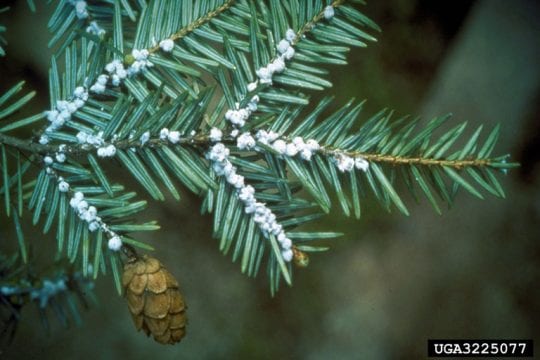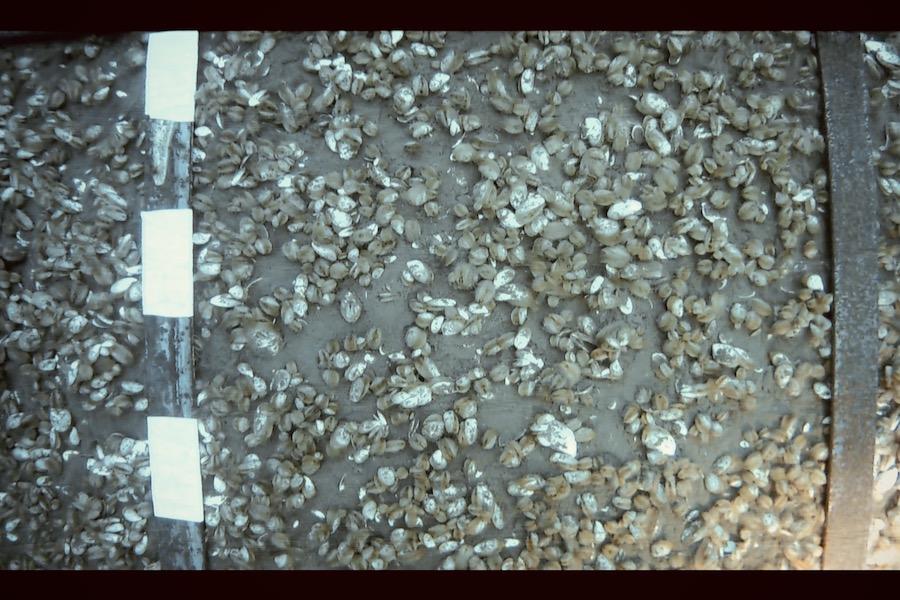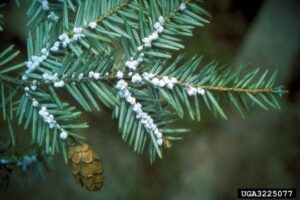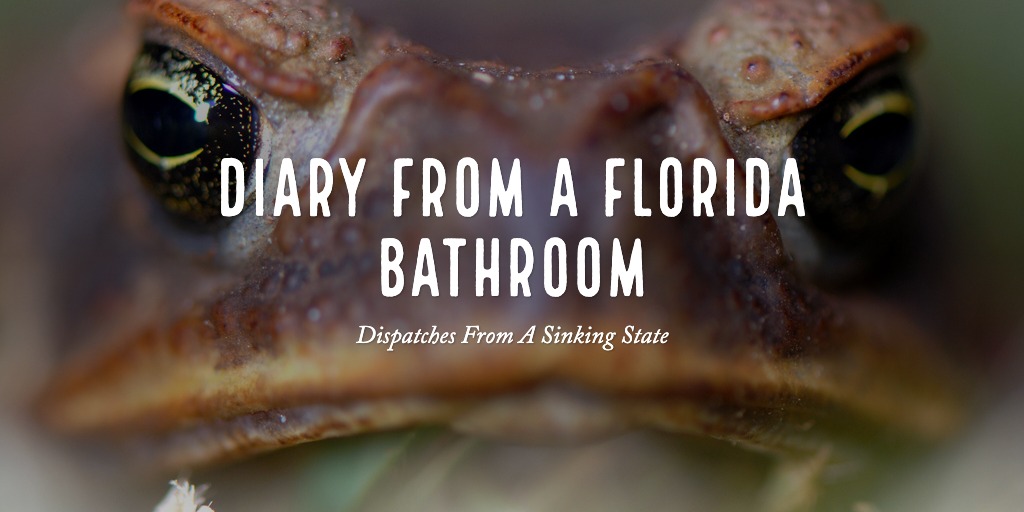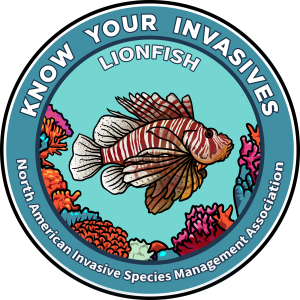The staff and board of the North American Invasive Species Management Association review invasive species headlines each month. This helps us stay on top of trends and further our mission to support, promote, and empower invasive species prevention and management in North America. We then share invasive species news most relevant for people who manage terrestrial and aquatic invasive species across the the United States, Canada, Mexico and the world.
Success Stories: Prevention, Eradication and Restoration
Colorado Waters Test Free of Invasive Mussels; Aquatic Nuisance Species Management Plan Approved
Colorado – Read on Colorado Parks & Wildlife
As Green Mountain Reservoir was the only body of water in Colorado suspected of having a population of quagga mussels, this de-listing makes Colorado a completely negative state for both zebra and quagga mussels.
Prevention, Outreach and Education
Weed Science Society of America Cautions Against Poor Choices That Can Spread Invasive Weeds
Colorado — Read on WSSA News
Last year many people across the U.S. and Canada received unsolicited packets of seed believed to originate in China. Scientists with the Weed Science Society of America (WSSA) were among those to raise the alarm and say the seeds shouldn’t be planted. Authorities had discovered some packets contained noxious weed seeds that could threaten both agricultural and natural areas.
It’s a New Year in the Garden, Too: Time for Some Resolutions
North America — Read on The New York Times
In advance of the growing season, it’s helpful for gardeners to acknowledge what went wrong in the previous year, and figure out what to do instead.
New Research
Invasive Mussels Now Control a Key Nutrient in the American Great Lakes
Great Lakes — Read on University of Minnesota
According to a new study published in the journal PNAS, quagga mussels, which have spread across four of the five Great Lakes, have accumulated large amounts of phosphorus in their biomass, to the degree that their activities now regulate the supply of phosphorus to the ecosystem.
Researchers Find Nonnative Species in Oahu Play Greater Role in Seed Dispersal
Hawaii — Read on Science Daily and Wyoming Public Media
“This is one of the first studies showing that nonnative species can take over the most important roles in seed dispersal networks. This means that Oahu’s ecosystems have been so affected by species extinctions and invasions that most of the seeds dispersed on the island belong to nonnative plants, and most of them are dispersed by nonnative birds,” Vizentin-Bugoni says.
Detection, Management and Control
WSU Looks to Insects to Control ‘Beast’ Weed
Washington — Read/Listen on Chinook Observer
Washington State University entomologist and NAISMA biocontrol committee co-chair Jennifer Andreas plans to soon petition the USDA to allow a non-native insect be turned loose on an invasive weed that she calls, respectfully, “a beast.”
Flowering rush, an aquatic plant native to Eurasia, has escaped in the West, presenting a choking hazard to irrigation systems. Hard to pull and tough to poison, the weed has no natural North American predator to check its growth.
DEC gives update on fight against hemlock wooly adelgid
Montana Approves Plan to Drain Lake to Kill Invasive Species
Montana — Read on The AP
The Montana Department of Fish, Wildlife & Parks approved a plan to drain Lake Elmo to kill an invasive species of clams.
USDA Investing $11.65m to Control Feral Swine
United States — Read on National Hog Farmer
This investment expands the pilot program to new projects in Alabama, Hawaii, Mississippi, Missouri, North Carolina, Oklahoma, South Carolina and Texas. NRCS will provide funding to partners who will provide financial assistance, education, outreach and trapping assistance to participating landowners in pilot project areas.
Policy and Advocacy
Department of the Interior Releases Invasive Species Strategic Plan
United States — Read on U.S. Department of the Interior
The Plan sets out a vision for effectively managing invasive species through collaborative conservation to protect our nation’s environment and natural and cultural resources; economy and infrastructure; and public health. It both reflects ongoing work by Interior and its partners and leverages opportunities to respond to emerging issues. This Plan will guide Interior’s work on invasive species in the next five years.
National Invasive Species Awareness Week: February 22-26, 2021
Ways to support NISAW:
- Learn about National Invasive Species Awareness Week
- Learn about sponsorship opportunities and become a sponsor
- Make an individual donation to support NISAW activities
- Attend webinars (watch your email for the schedule announcement)
- Spread the message throughout your organization, community, and online. Use the #NISAW hashtag to connect our stories!
Interior Department Announces Members of Biden-Harris Leadership Team
Government of Canada Invests $162.6 Million In CFIA
Canada — Read on Swift Current Online
This funding will increase the CFIA’s inspection, surveillance and oversight programs within Canada to respond to the detection of new food pathogens, invasive species and animal diseases that threaten Canada’s agricultural and natural resources.
Support our work by joining NAISMA.
Conversations
Diary from a Florida Bathroom
Florida – Read on Dispatches from a Sinking State
A personal essay on the science of invasive biology and emotions that come with controlling/killing living creatures.
How Non-Native Plants Are Contributing to a Global Insect Decline
Global — Read on Yale E360
The impact of introduced plants on native biodiversity has emerged as a hot-button issue in ecology. But recent research provides new evidence that the displacement of native plant communities is a key cause of a collapse in insect populations and is affecting birds as well.
Invasive Species Researcher Spotlight: Dr. Andrea Dávalos
New York — Read on New York Invasive Species Research Institute
By co-producing research with land managers, Dr. Andrea Dávalos ties her research on invasive species and associated stressors with the realities of the field– highlighting that monitoring the outcomes of management is of the utmost importance.
A Profile of the White-nose Syndrome Challenge Winners
Oregon — Read on Conserving the Nature of the Northeast
The U.S. Fish and Wildlife Service received 47 solutions for the White-nose Syndrome Challenge. The co-leaders recognized the opportunity for their experimental work in the lab to inform a conservation response in the field. “The idea is that if the fungal cells can no longer produce a gene it needs, the fungus can’t grow,” Emily Dziedzic explained.
A Pesky Rumble: Pink Bollworms Vs. Cotton Farmers
American Southwest — Read/Listen on NPR
We’ve got cotton farmers in the southwestern U.S. They’ve cooked up a wild scheme to wipe out the bug, eradicate it from Arizona, Texas, New Mexico and Mexico.

